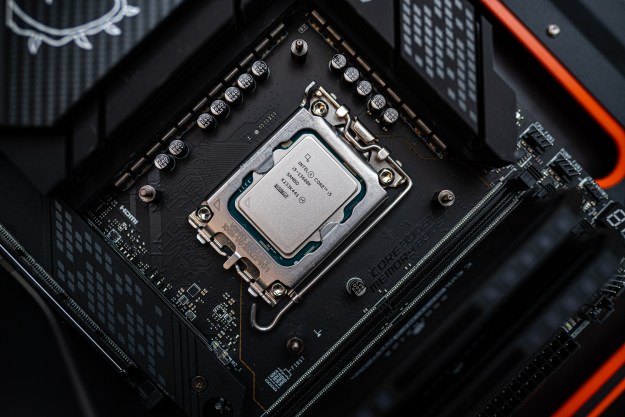
In September of 2012, Intel announced that it was working on 4th-gen Core processors, targeted at a power envelope of 10 watts or less. Today the company moved forward its plan for that line of processors. They will remain part of the existing 3rd-Generation Core processor brand, and be available in a number of new convertible and tablet devices shown at CES 2013. It marks a reduction of more than half when compared to previous Intel dual-core parts.
To put that in perspective, the current generation of Ultrabooks generally consume 17-15 watts. The lower watt processors will be a bit slower, but the trade off is that they can also be used in thinner, more power efficient devices, and still be significantly more powerful than the Intel Atom processor.
Intel managed to slightly beat its target by reducing the power envelope of some parts to as little as 7 watts. This is the maximum expected power draw from the processor itself, which means that the part will likely also consume several watts less at idle.
Lenovo’s recently announced Yoga 11S is one example of the type of small, light-weight convertible that will ship with these processors. Acer is expected to announce a convertible ultrabook with a detachable display based off the new part, as well.
Intel has already begun to produce and ship the new processors. Laptops powered by them will ship throughout the first quarter of 2013.
Editors' Recommendations
- The only Intel CPU you should buy is over a year old
- Intel just launched the ‘world’s fastest’ CPU
- Intel may have a monster new CPU coming soon
- Intel’s new Core Ultra chips needed to be more than this
- With the arrival of Core Ultra, a new era for Intel has begun


